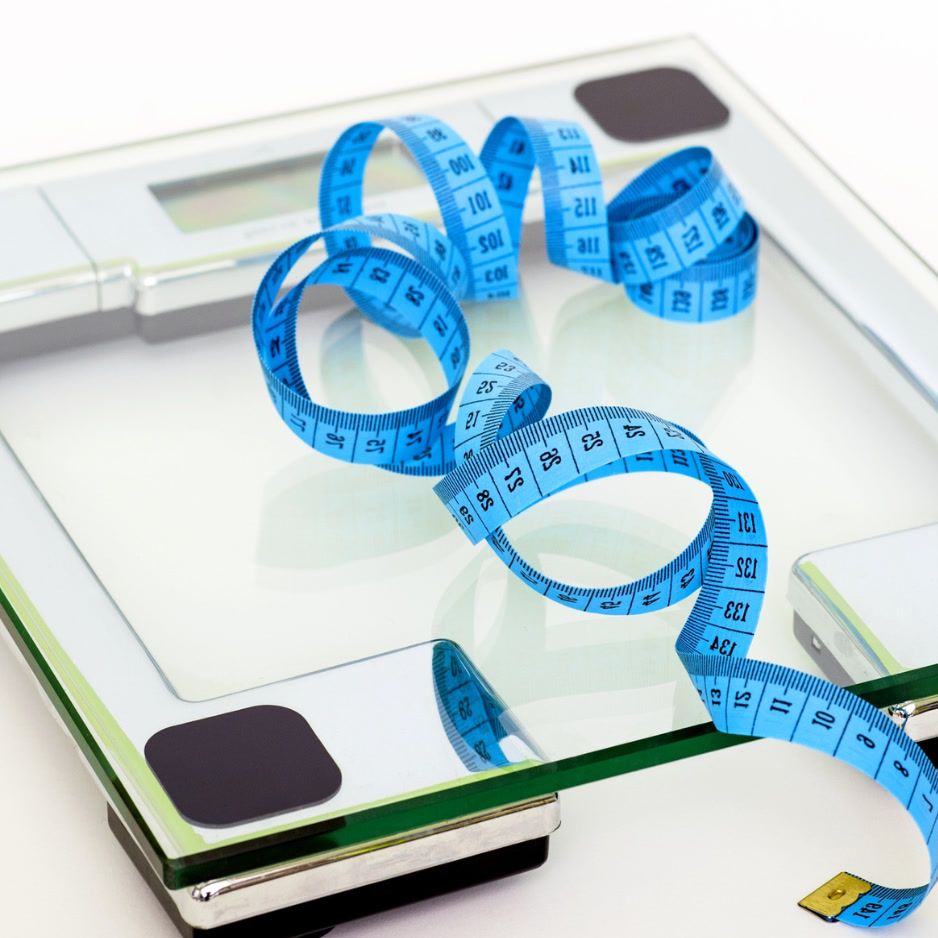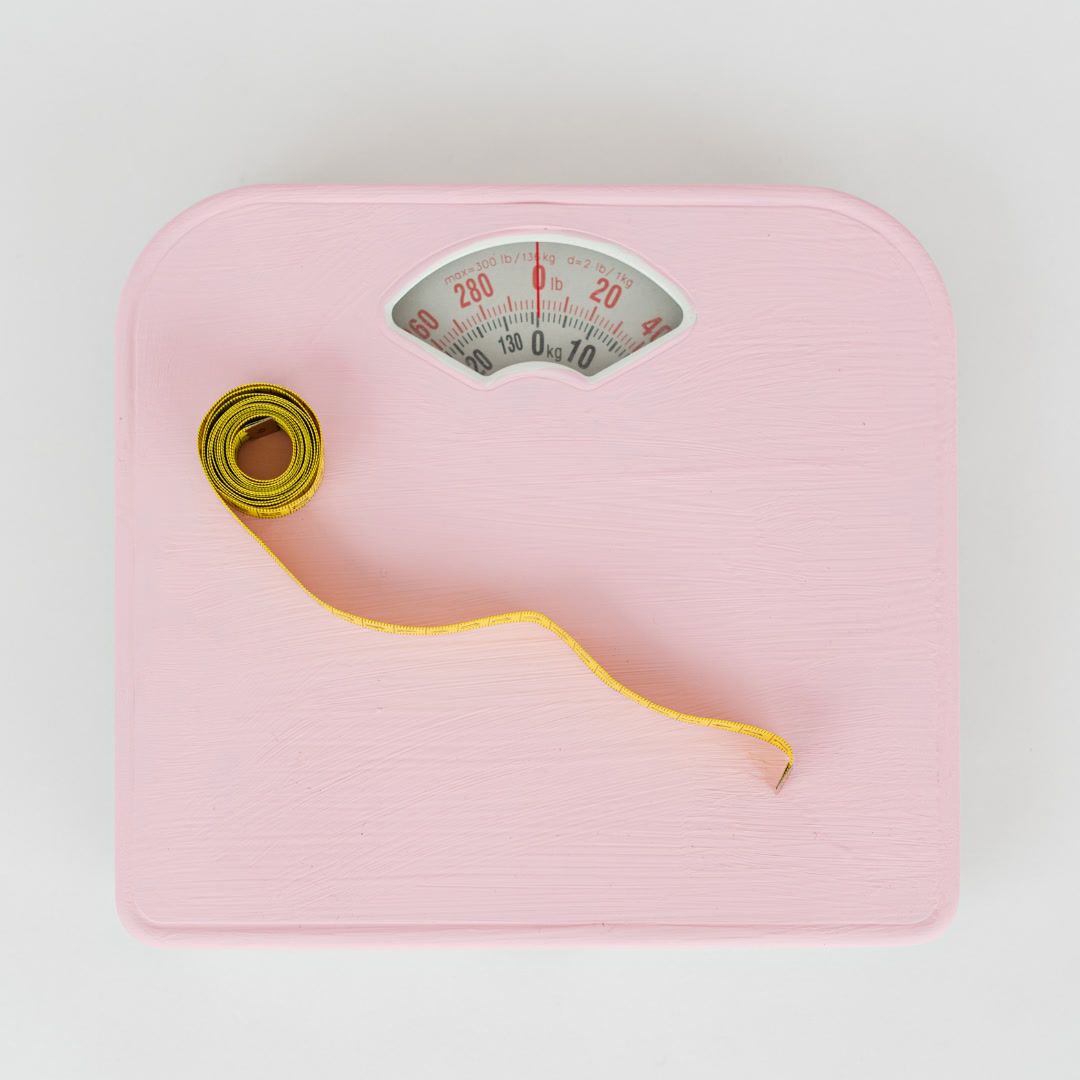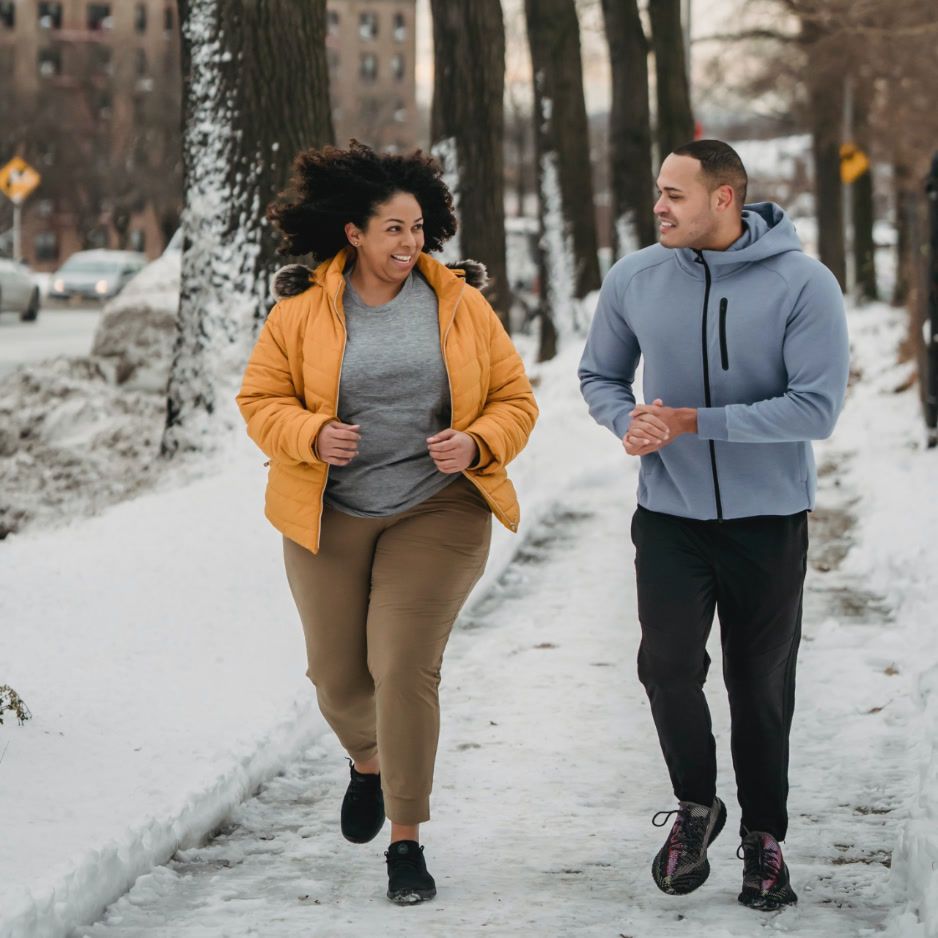Ruck Vest Buyer’s Guide: How to Choose, Fit & Load

Ruck Vest Buyer’s Guide: How to Choose, Fit & Load
Looking for a ruck vest and not sure where to start?
- Quick Guide:
- Choose a vest that’s breathable, low-bounce, and snug.
- Start with 5–10% of your body weight; progress slowly toward 10–15% if it feels good.
- Do lots of walking or intervals? Consider curved plates and padded straps for easier breathing and comfort (rucking vest with curved plates).
- Prefer tiny weight jumps? Pick a pocket-style vest that lets you add 1–2 lb at a time.
- Carrying water and extra gear? A backpack is more practical for heavier, longer outings.
What you’ll learn:
- What sets a ruck vest apart from a backpack or plate carrier—and when to use each
- A simple, personalized starting load using the 5–15% body-weight framework
- The features that actually matter (breathability, 500D vs 1000D CORDURA®, plate shape, strap geometry)
- Recommendations for CrossFit/HIIT, long walks for bone health, and tactical conditioning
- Clear, research-backed benefits and cautions—with inline links to sources
Ruck Vest vs. Backpack vs. Plate Carrier: What’s the Difference?

- Ruck vest (weighted vest for rucking): Weight rides close to your center, typically split front/back. Some use curved plates with a cutout to ease breathing and keep arm swing free with low-profile straps (GORUCK Rucking Weight Vest).
- Ruck backpack: Load sits mostly behind you. Great for heavier loads and carrying water/snacks, but the rear-only weight can increase trunk lean.
- Plate carrier (tactical): Built for armor plates. Fitness versions look the part but aren’t always optimized for comfort, breathing, or dynamic training.
Why split loads can help: Distributing weight across the chest and back has been shown to reduce metabolic cost versus rear-only packs, though it can also increase chest restriction—design and fit matter (2022 load-carriage review).
If you’re comparing ruck-friendly backpacks (especially for women’s fit), see our guide to rucking backpacks for women.
How to Calculate a Safe Starting Weight
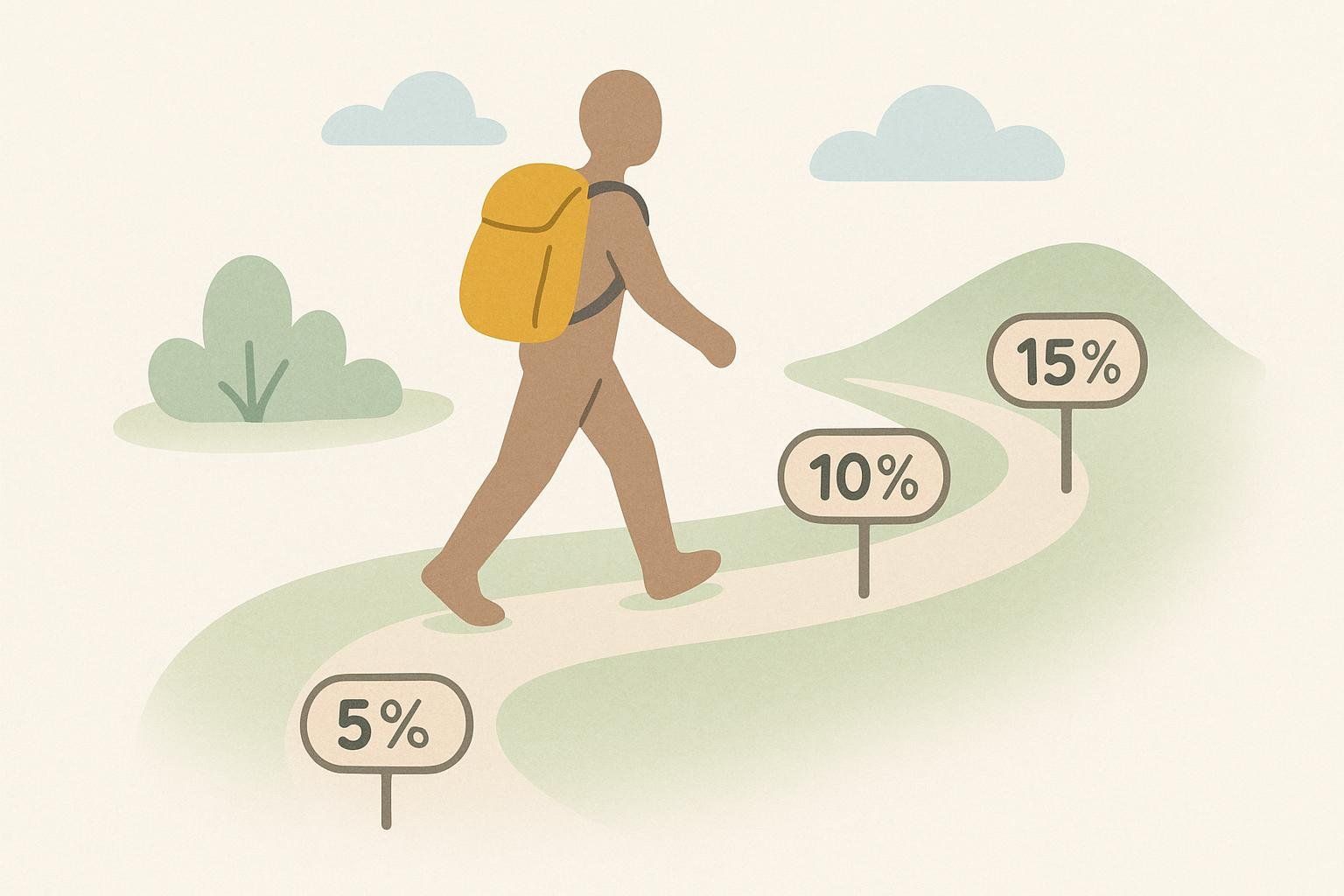
Use this simple framework to pick a starting weight:
- New to vest walking: 5–7% of body weight
- Comfortable with regular walks/rucks: 8–12% of body weight
- Advanced steady rucking: 10–15% of body weight
- Dynamic HIIT (runs, burpees, box step-ups): cap at ~10% until very well adapted
Why these numbers? Starting light (about 5–10% BW) and building toward 10–15% balances training benefit with joint comfort (evidence summarized in a weighted-vest overview with expert commentary). Military load science also shows energy cost climbs quickly with heavier loads—especially in backpacks—so most recreational athletes get better results staying moderate (validated energy-expenditure model).
Suggested starting loads (round to the nearest pound):
| Body weight | 5% | 7% | 10% | 12% | 15% |
|---|---|---|---|---|---|
| 120 lb | 6 | 8 | 12 | 14 | 18 |
| 150 lb | 8 | 11 | 15 | 18 | 23 |
| 180 lb | 9 | 13 | 18 | 22 | 27 |
| 210 lb | 11 | 15 | 21 | 25 | 32 |
Pro tip: Increase your total weekly “ruck load” (distance × weight) by no more than ~10% per week. If joints complain or your form slips, deload and rebuild.
Key Features That Actually Matter
Plate style and compatibility
- Plate-style vests: Sleek and stable—great for runs/HIIT. Weight jumps are less granular.
- Pocket-style vests: Use small packets (½–2 lb) for micro-loading—perfect for steady walking programs.
Breathability and strap geometry
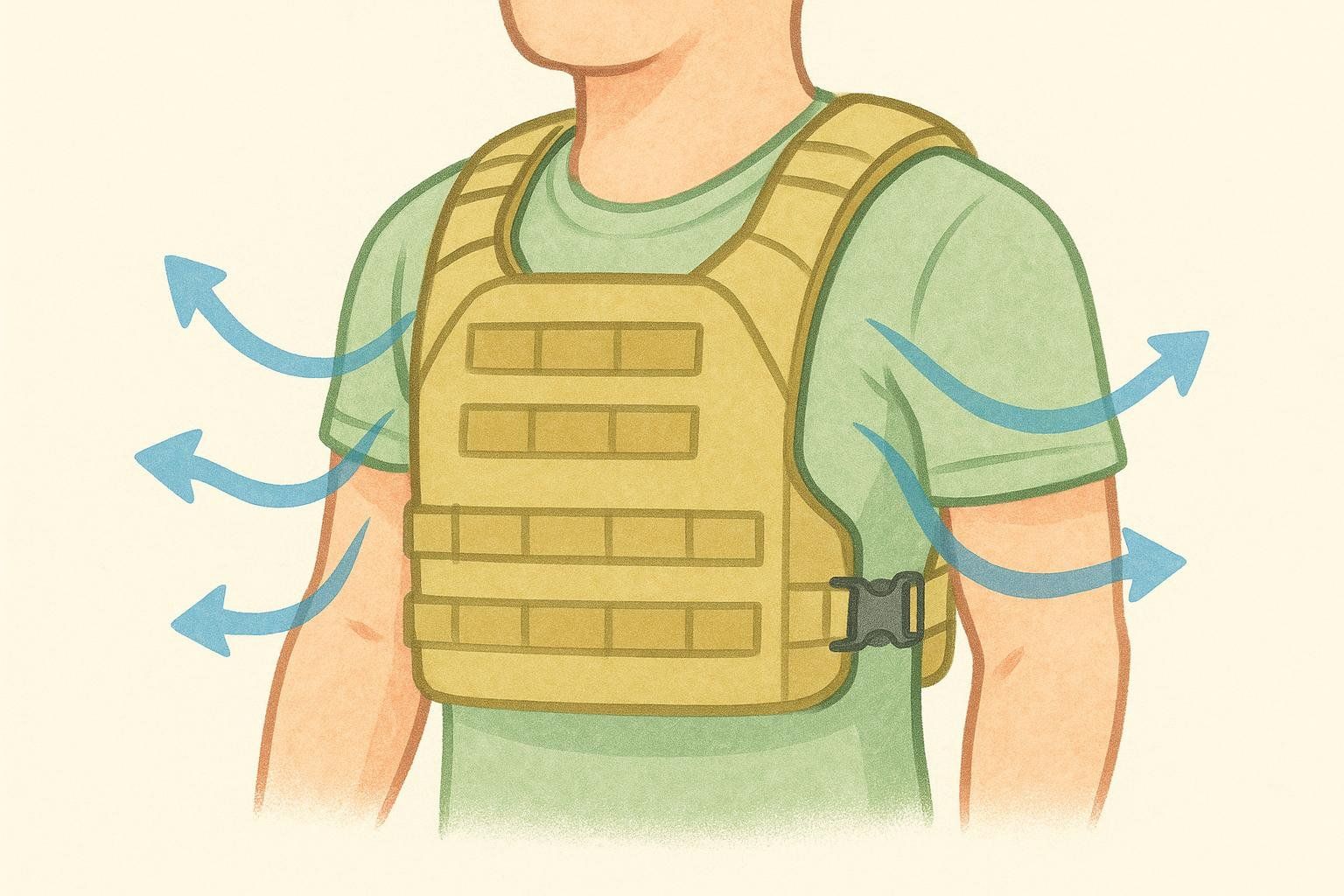
- Contoured, padded straps reduce hot spots at the collarbone. A lowered neckline/swimmer’s cut frees your chest and arms.
- Curved plates with a front cutout can ease chest-wall restriction at higher efforts (comfort often improves as breathing gets easier) (2022 load-carriage review).
Fabrics and durability (500D vs 1000D CORDURA®)
- CORDURA® Classic nylon is known for abrasion resistance and longevity (CORDURA® Classic).
- 1000D = burly but stiffer; 500D hits a sweet spot for strength-to-weight and comfort in tactical gear (UF PRO materials overview).
- Premium vests often pair a 500D outer with a softer 210D interior to reduce skin rub (GORUCK product spec).
Fit and adjustability
- Long Velcro wings or side straps help if you’re between sizes. Quick-release closures speed up transitions.
- Waist/sternum stabilizers tame bounce for jogging and stairs. Do a quick hop test—the vest shouldn’t slap.
Capacity and weight increments
- HIIT/running: Stability > max capacity (20–30 lb is plenty for most).
- Long walks: Favor vests that allow 1–2 lb jumps so you can progress from ~5% to 10–15% BW smoothly.
Benefits & Cautions: What the Research Says

- Energy cost and conditioning: Extra load = higher metabolic cost, which boosts training stimulus even at a walking pace (validated model).
- Aerobic and performance: Overload (e.g., 5–10% BW) lifts cardiovascular demand and can improve fitness markers when programmed sensibly (evidence round-up in a weighted-vest overview with expert commentary).
- Bone health: Results depend on the program. Weighted-vest plus low-impact jumps helped maintain hip BMD versus controls in a 5-year study in postmenopausal women. By contrast, a 2024 RCT in older adults with obesity found that wearing a weighted vest for 8 hours a day did not prevent hip BMD loss during intentional weight loss, and neither did resistance training alone (2024 JAMA study). Takeaway: combine vest walking with impact and resistance training, and be mindful of your calorie intake, as the study noted BMD loss occurred during intentional weight loss.
- Breathing and comfort: Chest-borne loads can raise the work of breathing. Designs that free the diaphragm (curved plates, smart strap geometry) and moderate loads tend to feel better at higher outputs (2022 load-carriage review).
Safety bottom line: Start light, progress slowly, and prioritize form. If pain shows up—especially in knees, shins, or low back—drop the weight and tighten up your mechanics.
Recommendations for Your Fitness Goal
CrossFit/HIIT athlete
- Priorities: Low bounce, open sides for gymnastics/running, quick on/off.
- Target load: 5–10% BW for dynamic WODs; go heavier only for steady rucks.
- Features: Plate-style vest, contoured straps, sternum/waist stability, breathable liner.
Outdoor enthusiast focused on bone health and long walks
- Priorities: Comfort for 30–90+ minutes, 1–2 lb micro-loading, breathable fabrics.
- Target load: Start 5–7% BW; progress toward 10–15% if joints tolerate it (pair with impact/strength work—see research above).
- Features: Pocket-style vest for fine increments, reflective trim, easy-clean fabric.
Professional gear user (military/first responder) training off-duty
- Priorities: Durability, curved-plate compatibility, strap layout that plays nice with uniform layers, moisture-wicking interior.
- Target load: Program-specific; staying moderate often protects recovery for duty.
- Features: 500D–1000D CORDURA® outer, 210D interior, swimmer’s cut for arm swing.
Community wisdom: When in doubt, start lighter than you think. Many experienced users find ~20 lb is plenty and 66 lb is excessive for most vest walking unless it’s short and very specific (community consensus on rucking weight).
Step-by-Step: How to Fit a Ruck Vest (So It Doesn’t Bounce)
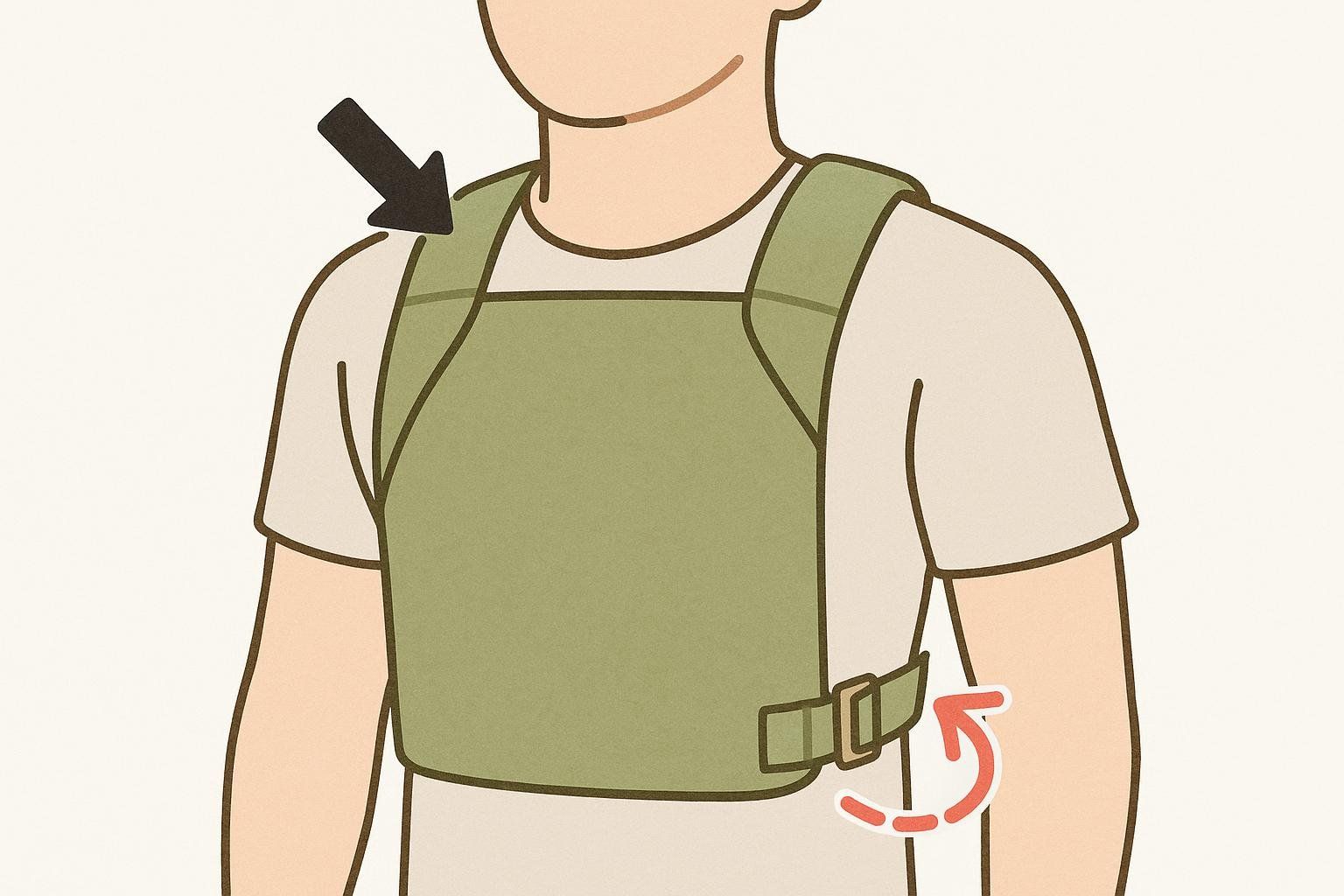
- Load the weight first. Fit changes when you add plates.
- Position the plate high on your chest. With a curved plate, align the cutout over your sternum to improve breathing room.
- Snug the shoulder straps. Remove slack without collarbone pinch.
- Cinch the side/waist straps. Tighten until the vest stays planted when you jog 10–20 light steps.
- Do the stairs test. If the vest slaps or rides up, tighten the waist or reduce weight.
- Consider a thin base layer. If you’re chafe-prone, a base layer helps. Softer interiors (e.g., 210D liners) also help.
Care and Maintenance (Make It Last)

- Air-dry after sweaty sessions. Salt build-up shortens fabric and foam life.
- Spot-clean with cool water and mild soap; avoid bleach/harsh solvents. Follow the brand’s care label.
- For heavy grime, hand-wash lukewarm, rinse well, and air-dry. Skip high-heat dryers (they can warp foams and hook-and-loop).
- Remove debris from hook-and-loop so pockets stay secure.
Why it matters: High-denier nylon (e.g., 500D–1000D CORDURA®) is tough but not invincible; good care preserves coatings and stitching (CORDURA® Classic).
Next Steps & Related Guides
- Start here: Rucking 101 + beginner plan
- Women’s fit & safety: Weighted vests for women
- Understand your scan: How to read DEXA results
- For bone goals: Strength training for bone density
- Accuracy matters: BodySpec DEXA scan accuracy
FAQs
Is a ruck vest better than a backpack for fitness?
- Different tools, both great. Vests shine for hands-free, evenly distributed load and dynamic circuits; packs win when you need water, layers, or heavier loads.
How heavy is “too heavy” for a ruck vest?
- For most people, ~15% BW is a smart ceiling. Advanced athletes sometimes go heavier for short, specific goals—but monitor joints and posture closely. Community consensus often discourages very heavy vests for long walks (community consensus on rucking weight).
Will a vest help me build bone density?
- It can help as part of a plan. A long-term program with vest + low-impact jumps helped maintain hip BMD in postmenopausal women (a 5-year study in postmenopausal women). But during intentional weight loss, a vest alone didn’t prevent hip BMD loss in older adults with obesity (2024 JAMA study). Pair vest walking with impact + resistance training.
Does fabric choice really matter?
- Yes. 500D CORDURA® often balances durability and comfort; 1000D is tougher but stiffer. Softer 210D interiors reduce skin rub (CORDURA® Classic, UF PRO).
Curved vs. flat plates—what’s better?
- Curved plates with a front cutout often feel better during higher-breathing efforts. If you’re mostly walking easy, flat can be fine; for intervals, many athletes prefer curved (rucking vest with curved plates).
The Bottom Line
A good ruck vest turns everyday walks into efficient, low-impact conditioning—no gym required. Choose a stable, breathable design with the right fabric for your use, start at 5–10% of body weight, and (if it feels good) work toward 10–15%. Pair vest work with strength and some impact if bone health is a goal. Track your progress with periodic DEXA scans—and when you’re ready, book your BodySpec scan to see exactly how your training is changing your body.
